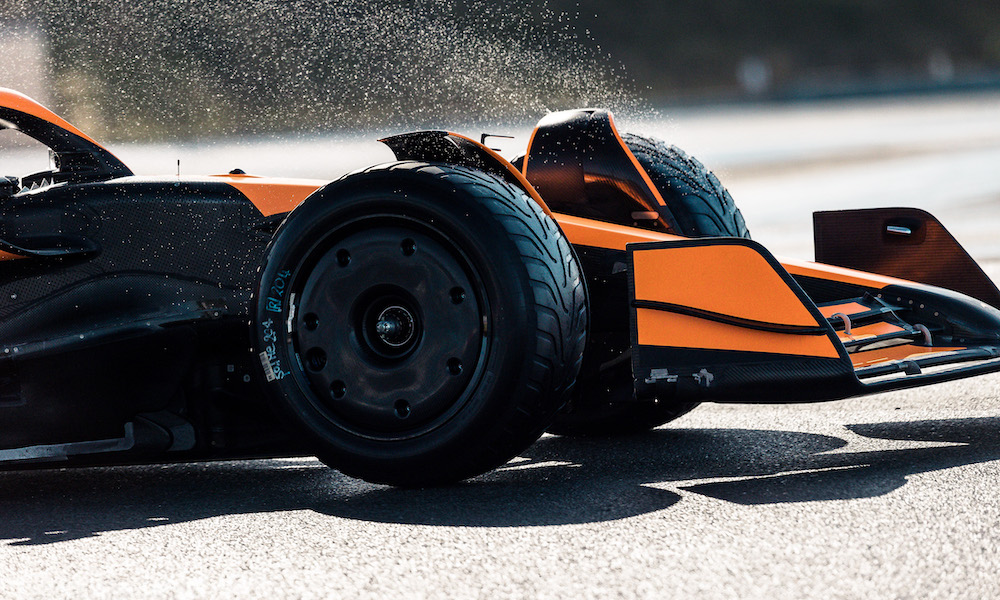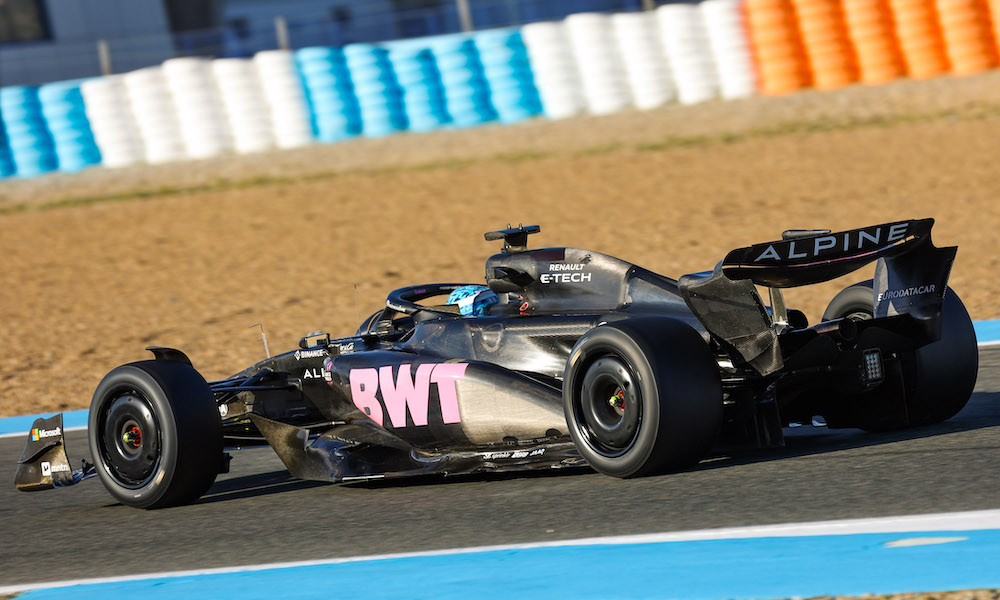Introduction
Pirelli Advances an effort to stay at the forefront of Formula 1 technology, Pirelli recently completed an important tyre development test in Bahrain, which marked a significant milestone in the company’s preparations for the 2026 Formula 1 season. This session was pivotal in refining tyre designs that will align with new regulations set to shape the future of the sport. Pirelli’s commitment to improving tyre performance, safety, and sustainability is underscored through this extensive testing program, which is expected to have a profound impact on the way teams compete in the upcoming seasons.
Test Overview: Key Objectives and Participation
The tyre testing took place at the Bahrain International Circuit in Sakhir, following the official pre-season testing in February 2025. During this phase, Pirelli conducted multiple test sessions that involved two Formula 1 teams: Alpine and Williams. The focus was to develop tyres specifically for the 2026 season, which will feature a series of changes to the current regulations, including modifications to tyre sizes and compound specifications. These changes are in line with the ongoing efforts to make Formula 1 even more sustainable while maintaining the sport’s high performance standards.

A significant part of this test focused on adjusting the size and specifications of the tyres. Compared to the current 2023-2025 season tyres, the new 2026 tyres will be reduced in width by 25mm for the front tyres and by 30mm for the rear tyres. This alteration is expected to improve aerodynamics and make the cars more agile while also reducing the overall weight of the vehicle. The new tyres will also be subject to increased energy loads, requiring them to have higher durability and stability at various racing conditions.
To test these specifications, renowned drivers Carlos Sainz and Ryo Hirakawa were the first to take to the track, followed by Williams driver Alexander Albon and Alpine’s Paul Aron. They were tasked with testing various tyre constructions and compounds, including the C1 to C3 ranges, to find the best-performing options. These tests were crucial to creating a stable baseline for further refinements. Pirelli used the data collected to improve the tyre’s reliability, grip, and wear rate under challenging track conditions.
Detailed Findings and Insights
The Bahrain test yielded invaluable insights, helping Pirelli engineers refine the new tyre models for the 2026 season. The test accumulated an impressive total of almost 2,700 kilometres of data, which was vital in understanding how the tyres performed under the heat and abrasive surface of the Sakhir circuit. This was a key part of the development process, as Bahrain’s challenging conditions mimic the extreme requirements that F1 teams will face throughout the season in different climates.
The feedback provided by the drivers during the test was essential to gauge the tyres’ performance across various settings, including under high-speed cornering, braking, and straight-line acceleration. The information gathered will assist in determining the optimal combination of tyre compounds for different race scenarios, including those that are crucial for both dry and wet weather conditions.
The Sakhir circuit’s diverse characteristics, including its hot temperatures and abrasive asphalt, proved to be an ideal testing ground for Pirelli. It provided valuable data on tyre degradation, wear, and how well the new tyres could sustain their performance throughout the duration of a race, which is one of the key factors when designing a competitive Formula 1 tyre. This is particularly important as the sport aims for longer-lasting, more durable tyres that can provide drivers with increased strategic options during races.
Upcoming Developments: Silverstone and Further Testing
With the successful completion of the Bahrain tests, Pirelli’s tyre development program continues with the next phase scheduled for Silverstone, UK, in May 2025. This test will focus primarily on intermediate and extreme wet-weather tyres, which are critical for ensuring safety and performance when rain disrupts the race. Mercedes will participate in this session, further testing the resilience of the new tyres under varying weather conditions.
These tests are part of a broader strategy by Pirelli to ensure that the 2026 tyres meet the evolving needs of Formula 1. It is not only about creating tyres that perform at the highest levels on dry surfaces but also ensuring they can handle extreme weather changes and provide safety features that can make a crucial difference in unpredictable race conditions. Pirelli has committed to refining every detail of the tyres through real-world testing, and Silverstone is expected to be another crucial step in this journey.
Pirelli’s Commitment to Innovation in F1
Pirelli’s ongoing commitment to innovation in Formula 1 is evident in its proactive approach to tyre development. The company understands that the tyres are one of the most critical elements of an F1 car, and they significantly influence how teams approach each race. By staying ahead of the curve in testing and working closely with teams, Pirelli aims to maintain its leadership position in the sport while simultaneously improving its environmental and sustainability efforts.
This testing session in Bahrain is a clear demonstration of Pirelli’s strategic planning as it prepares for the next era of Formula 1 tyres. The company not only seeks to enhance tyre performance but also aims to meet the sport’s sustainability targets, which include reducing the environmental impact of production and ensuring that tyres are made from more sustainable materials.
As the 2026 season approaches, Pirelli’s tyre development program will continue to evolve, with further tests and adjustments being made based on the results gathered. The company’s ongoing collaboration with teams and its detailed analysis of on-track performance ensure that the tyres are ready to meet the future challenges of Formula 1.
Conclusion
Pirelli’s tyre testing in Bahrain represents a critical step forward in its mission to develop the next generation of Formula 1 tyres. The collaboration with Alpine and Williams, along with the extensive testing, will ensure that the tyres are better suited to the evolving needs of F1 teams and their drivers. This development will not only improve tyre performance but will also have a significant impact on the overall sustainability and safety of the sport. Pirelli’s dedication to this cause guarantees that the 2026 F1 season will be equipped with the most advanced tyres available, setting a new benchmark for future innovations in the world of motorsport.
Nico Hülkenberg Disqualified from Bahrain Grand Prix Over Technical Rule Breach



